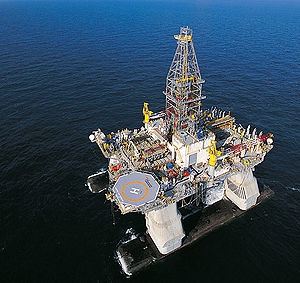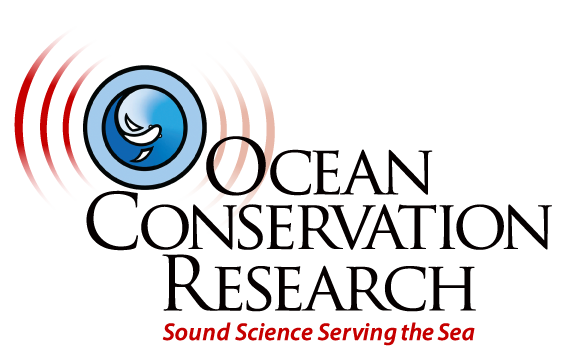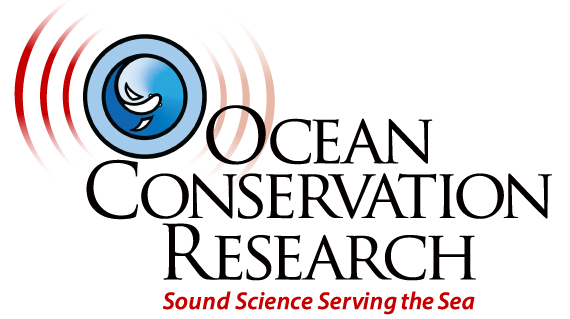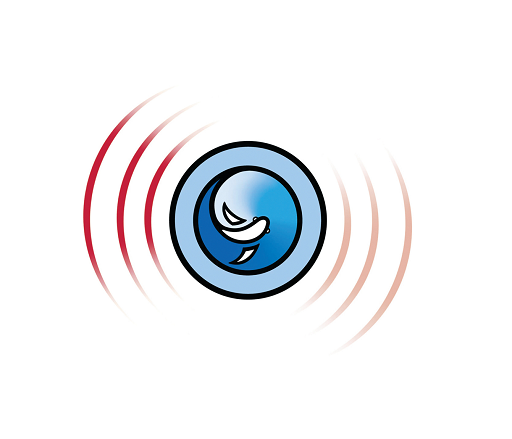Fifty years ago Jacques Cousteau introduced the public to the submerged visual splendor of the sea in his book and film “The Silent World.” Unfortunately his title also introduced the public to the misconception that all of the oceans’ stunning and majestic beauty occurred in a world of somber silence. Now the ocean is being increasingly industrialized and the major byproduct of the growth is ocean noise. The public is still learning and coming to terms with the interference and damage that can be done to the natural ecosystem in the ocean by a proliferation of man-made noise.
Anything but Silent
We know now that the Sea is anything but silent. Given that sunlight does not penetrate more than a few hundred feet below the surface, and at any time more than half of the world oceans are under the dark veil of night, the ocean is actually an acoustic realm. Sound travels almost five times faster and much more efficiently underwater than it does in air.
Ocean Life
Most animals use sound perception to sense and communicate into their habitat. Unfortunately, most human activities in the ocean also use sounds, and generate noise. We are rapidly finding that there is a serious conflict between human generated ocean noise, and sea animals’ need to communicate, navigate and hear their surroundings.
Humanity
The challenge we face is that our survival as a species depends on our effective (and sustainable) relationship with the ocean. Human colonization of the sea is increasing exponentially. We are bringing with us technologies that are not impact-tested on the ocean environment, and after just a short time with some of these technologies, we see that the consequences of their use can be devastating.
Responsibility
Unfortunately we are too far along in our dependence on our exploitation methods to just stop and tell everybody to “get out of the pool.” We need to derive solutions “on the fly” and implement them as soon as we see positive results.

Beluga Whale: Photo by Bill Liao on Flickr.

Ray diagram of deep ocean ‘sound channel’ from Ewing and Worzel, 1948. Ocean noise moves through the water guided by changes in temperature and density diagramed in the deep ocean sound channel.

Deepwater ‘semi-submersible’ oil platforms are “dynamically positioned” with thrusters – creating hubs of ocean noise from the first day of their deployment


